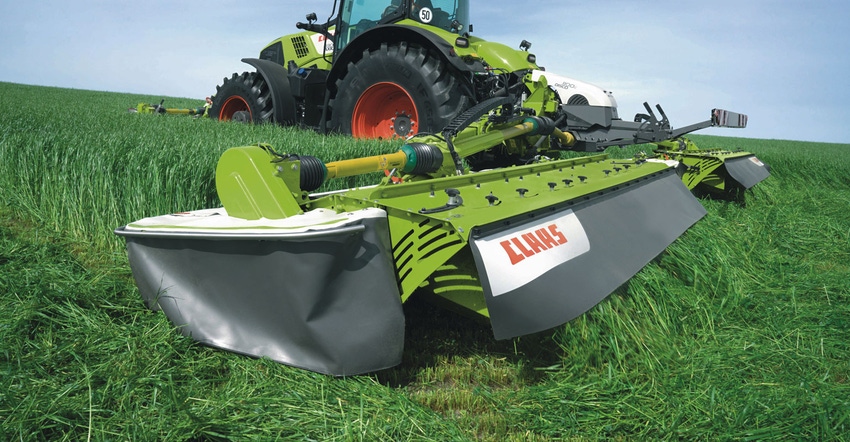May 12, 2020

Welcome to #plant2020. One day of sunshine, four days of clouds, rain and, in some cases, snow.
Experts are predicting below-normal temperatures and wet weather for the Mid-Atlantic and Northeast until at least mid-May.
We’ve had similar weather the past two years and there are a few lessons we learned that we can apply to this year.
Over my 40-plus years of working with farmers, those who waited until the soil was friable before planting came out fine. Those who planted in not-so-ideal soils had poor stands, poor growth and completely uneconomical yield; they would have been better off leaving the seed in the bag.
Yes, you are up against haylage harvest; go harvest it. Corn silage loses little quality and yield if it is planted after haylage. On the flip side, haylage gains 1 neutral detergent fiber per day as it goes past maturity, which loses .55 pounds of milk per cow per day. You can’t afford to wait on haylage, but you can afford to wait on corn silage.
Timing is everything
Grass haylage is usually ready about two days after winter triticale (flag leaf stage) is ready to harvest.
Watch the dandelions in that field. When they turn from yellow to white fuzz, it is time to mow the straight grass fields. Alfalfa grass mixes (50% grass) are ready to harvest when the alfalfa is 24 inches tall. Straight alfalfa is ready when the alfalfa is 33 inches tall.
There is often a month between the all grass being ready and the all alfalfa field being ready. My latest research has found that all clover is ready on the same day or even before an all alfalfa field. Grass clover mixes are usually ready well before all alfalfa.
Narrow swath vs. wide swath
The cold, wet weather will make it a challenge to get winter forage and haylage to the optimum 35% dry matter for ensiling. Mowing and leaving it in a windrow for three to five days is not how you make quality haylage; you are just making compost.
Wide swath same-day haylage utilizing photosynthetic drying is the fastest way to dry haylage and winter forage.
It’s not magic. A cloudy day will not get it dry because there is insufficient sunlight to photosynthesize, which removes water. Low temperatures are a challenge as biological processes drop, or increase, many times over a relatively small drop or increase in temperature.
On the plus side, my data show significantly higher temperatures in wide swath — greater than 80% of cutterbar — compared to narrow swath, which accelerates photosynthetic drying on sunny days, even if the tractor tires drive on the swath.
Do proper tedding
If there is any sun, tedding two hours after mowing can make a huge difference.
Proper and timely tedding brings up the lower shaded forage that is not drying and dramatically decreases the density of the wide swath for more rapid moisture removal. We often find it critical for drying heavy yields of winter forage.
Several years ago, we had a very wet spring. A farmer I know who bought a big tedder reported that it was the only way he got his haylage in at correct moisture. All his neighbors wanted to borrow it so they could get their hay dry.
You may even need to do tedding again in another two hours if you have a heavy winter forage or less-than-ideal drying conditions. Yes, it is an extra trip across the field, but the bottom line is getting top-quality forage.
It is critical to mow at 3.5 inches (4 inches for grass or red clover). This allows the tedder to spread without mixing dirt into the forage. That said, it still may not dry the same day as it was mowed.
On the plus side, if night temperatures continue dropping into the 30s, less energy will be lost overnight, so you get a second day to finish drying with little energy loss. If the temperature doesn’t drop and forage moisture is still greater than 75%, we suggest that you leave it for another day of drying and take the hit on forage energy.
Use an inoculant
Regardless of the conditions, I highly suggest using a homolactic inoculant, preferably one that is specifically designed for wet forages and is antagonistic to Clostridia, which could be a problem in forage this year.
There are enough challenges to the crop without letting it be fermented by whatever garbage is floating around in the air.
Kilcer is a certified crop adviser in Kinderhook, N.Y.
About the Author(s)
You May Also Like




